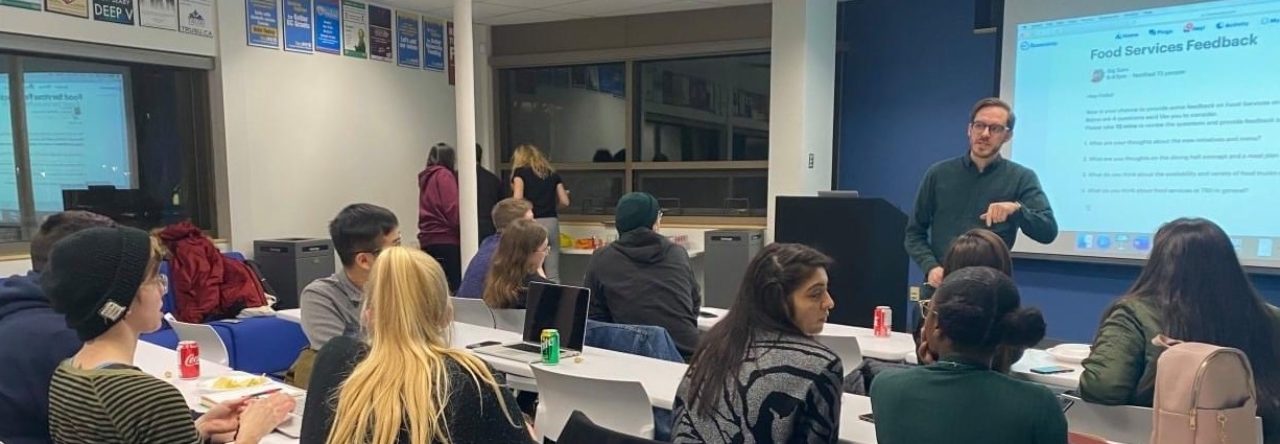On June 10, 2020, I taught, with my teaching partner, my second one-hour lesson with a group of four students enrolled in an Advanced Oral Communication class. The objective of this lesson was that students would speak about both familiar and unfamiliar folktales and understand their role in society. This was to be accomplished through students learning about local Indigenous folktales related to Coyote the trickster, students becoming familiar with vocabulary related to folktales, students presenting folktales from their own cultures, and students discussing the role of folktales in soceity.
In preparing the lesson plan, I initially found it challenging because our terminal objective was not clear. This made me realize why it is so important to begin from this point. After more clearly defining this objective as a result of wrestling with activities and procedures, I found things could be sorted into place. I will focus in the future on starting with a clear objective, and I will look to the objectives in the course outline for greater direction.
In delivering the lesson, I recognized the importance of establishing expectations and scaffolding through the lesson. Our sponsor teacher had already provided a crucial suggestion towards this end in reordering some activities in the lesson plan. However, the delivery and content created some challenges. The lesson opened with a video, but we didn’t do enough to provide students with a frame of reference to understand or a purpose for watching and listening. As a result, a follow-up comprehension activity revealed that students were not engaged well. A more fulsome explanation of the topic of the lesson as well as previewing the questions would have helped. The content of the lesson was intended to expose students to local Indigenous culture, but I think the depth of this content was overemphasized such that it wasn’t as appreciated as if it had been presented in a more limited but targeted way. In the main communicative activity, where students presented a summary of a folktale, there were some challenges in providing direction. Students needed a short time to prepare their presentations, and there was direction to identify which folktale they would present in order to avoid duplication (multiple students were from China). In the online environment, where the teachers can’t see the students, it was difficult to know whether the students were thinking of a folktale or preparing the presentation without following the directions. I think more direct instructions may have been called for. Finally, the timing of the lesson was reasonable, but, if two absent students had attended, it would have been rushed or later activities may have been cut short. Gauging the time for activities remains a skill to be developed.
Overall, my second lesson – the first with an objective beyond establishing relationships – highlighted many areas of organization and skill that I will need to develop to build from my general abilities to lead a room. The specifics of leading a room in a teaching capacity are becoming clearer. This was a challenging experience as I could feel control slipping away at times, but in reflecting on why that happened I also gained direction for improvement and more motivation as a result.


Leave a Reply